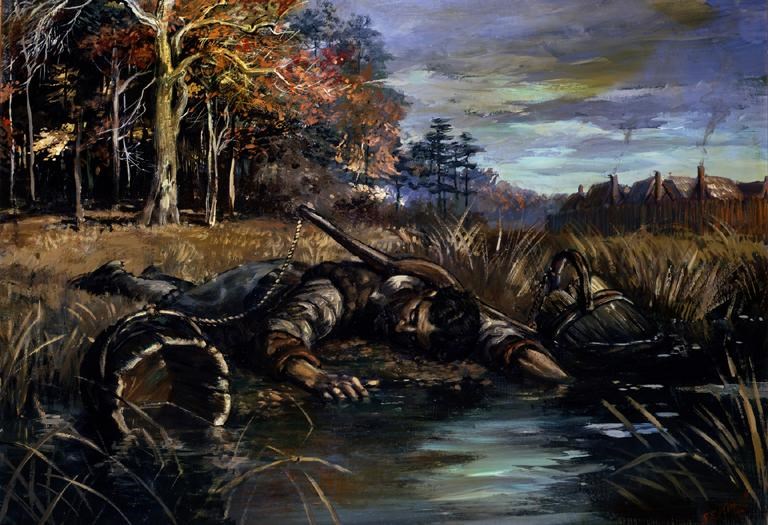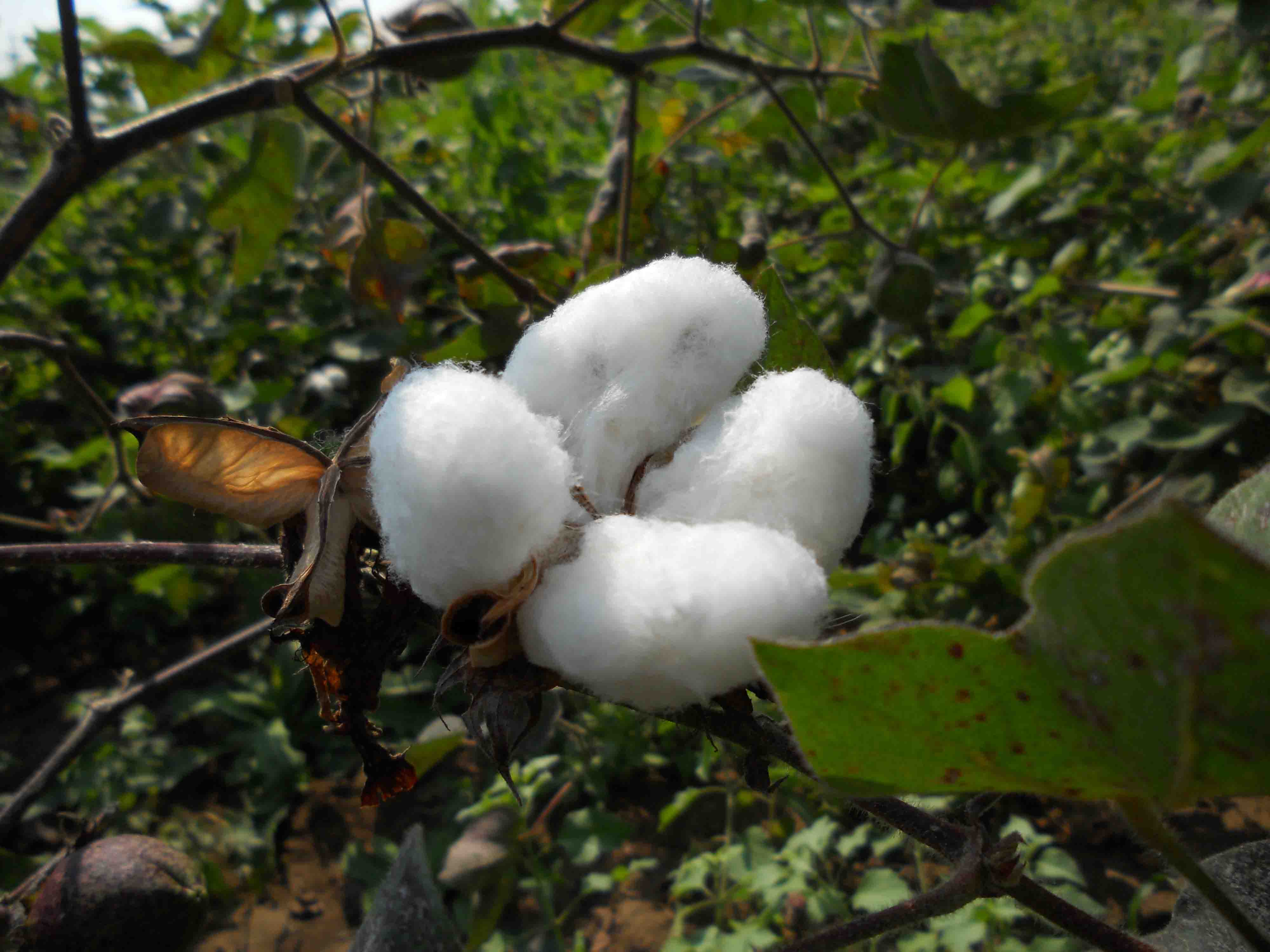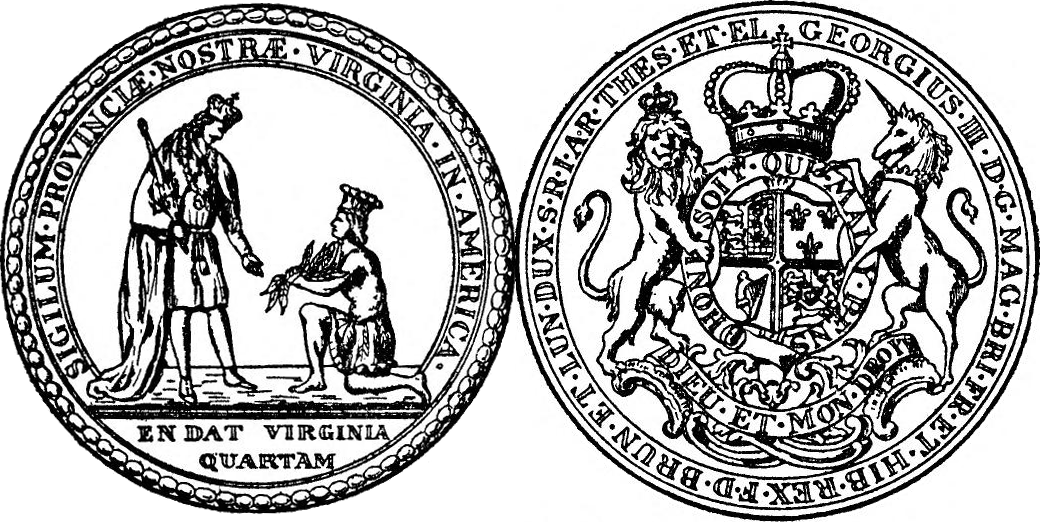|
James River
The James River is a river in the U.S. state of Virginia that begins in the Appalachian Mountains and flows U.S. Geological Survey. National Hydrography Dataset high-resolution flowline dataThe National Map , accessed April 1, 2011 to Chesapeake Bay. The river length extends to if one includes the Jackson River, the longer of its two source tributaries. It is the longest river in Virginia. Jamestown and Williamsburg, Virginia's first colonial capitals, and Richmond, Virginia's current capital, lie on the James River. History The Native Americans who populated the area east of the Fall Line in the late 16th and early 17th centuries called the James River the Powhatan River, named for the chief of the Powhatan Confederacy which extended over most of the Tidewater region of Virginia. The Jamestown colonists who arrived in 1607 named it "James" after King James I of England (), as they constructed the first permanent English settlement in the Americas at Jamestown a ... [...More Info...] [...Related Items...] OR: [Wikipedia] [Google] [Baidu] |
James VI And I
James VI and I (James Charles Stuart; 19 June 1566 – 27 March 1625) was King of Scotland as James VI from 24 July 1567 and King of England and Ireland as James I from the union of the Scottish and English crowns on 24 March 1603 until his death in 1625. The kingdoms of Scotland and England were individual sovereign states, with their own parliaments, judiciaries, and laws, though both were ruled by James in personal union. James was the son of Mary, Queen of Scots, and a great-great-grandson of Henry VII, King of England and Lord of Ireland, and thus a potential successor to all three thrones. He succeeded to the Scottish throne at the age of thirteen months, after his mother was compelled to abdicate in his favour. Four different regents governed during his minority, which ended officially in 1578, though he did not gain full control of his government until 1583. In 1603, he succeeded Elizabeth I, the last Tudor monarch of England and Ireland, who died childless. H ... [...More Info...] [...Related Items...] OR: [Wikipedia] [Google] [Baidu] |
Historic Jamestowne
Historic Jamestown is the cultural heritage site that was the location of the 1607 James Fort and the later 17th-century town of Jamestown in America. It is located on Jamestown Island, on the James River at Jamestown, Virginia and operated as a partnership between Preservation Virginia (formerly known as the Association for the Preservation of Virginia Antiquities) and the U.S. National Park Service as part of Colonial National Historical Park. The site was designated Jamestown National Historic Site on December 18, 1940 and listed on the National Register of Historic Places on October 15, 1966. It was also designated National Historic Chemical Landmarkin 2007 by the American Chemical Society. It is adjacent and complementary with Jamestown Settlement, a living history museum built run by the Commonwealth of Virginia to interpret the early colony. History Jamestown, first established in the Virginia Colony at Jamestown, on May 13, 1607, was the site of the first permanent ... [...More Info...] [...Related Items...] OR: [Wikipedia] [Google] [Baidu] |
List Of James River Plantations
James River plantations were established in the Virginia Colony along the James River between the mouth at Hampton Roads and the head of navigation at the Fall Line where Richmond is today. History The colony struggled for five years after its establishment at Jamestown in 1607. Finally, a profitable export crop was identified through the efforts of colonist John Rolfe. After 1612, a sweet form of tobacco became the largest export crop, customarily shipped in large hogsheads. Because the river was a highway of commerce in the 17th and 18th centuries, the early plantations were established on the north and south banks along it, with most having their own wharfs. Most were much larger than . The name derived from the English tradition of subdividing shires/counties into hundreds. While some are now long gone, some of the larger and older of the James River plantations are still in use and/or open to the public. Almost all are privately owned, and houses and/or grounds are gene ... [...More Info...] [...Related Items...] OR: [Wikipedia] [Google] [Baidu] |
Virginia Company Of London
The London Company, officially known as the Virginia Company of London, was a division of the Virginia Company with responsibility for colonizing the east coast of North America between latitudes 34° and 41° N. History Origins The territory granted to the London Company included the eastern coast of North America from the 34th parallel ( Cape Fear) north to the 41st parallel (in Long Island Sound). As part of the Virginia Company and Colony, the London Company owned a large portion of Atlantic and inland Canada. The company was permitted by its charter to establish a settlement within this area. The portion of the company's territory north of the 38th parallel was shared with the Plymouth Company, with the stipulation that neither company found a colony within 100 miles (161 km) of the other. The London Company made landfall on 26 April 1607, at the southern edge of the mouth of the Chesapeake Bay, which they named Cape Henry, near present-day Virginia Beach. Dec ... [...More Info...] [...Related Items...] OR: [Wikipedia] [Google] [Baidu] |
Plantation Complexes In The Southern United States
A plantation complex in the Southern United States is the built environment (or complex) that was common on agricultural plantations in the American South from the 17th into the 20th century. The complex included everything from the main residence down to the pens for livestock. Until the abolition of slavery, such plantations were generally self-sufficient settlements that relied on the forced labor of enslaved people. Plantations are an important aspect of the history of the Southern United States, particularly the antebellum era (pre-American Civil War). The mild temperate climate, plentiful rainfall, and fertile soils of the southeastern United States allowed the flourishing of large plantations, where large numbers of enslaved Africans or African Americans were held captive and forced to produce crops to create wealth for a white elite. Today, as was also true in the past, there is a wide range of opinion as to what differentiated a plantation from a farm. Typically ... [...More Info...] [...Related Items...] OR: [Wikipedia] [Google] [Baidu] |
Cash Crop
A cash crop or profit crop is an agricultural crop which is grown to sell for profit. It is typically purchased by parties separate from a farm. The term is used to differentiate marketed crops from staple crop (or "subsistence crop") in subsistence agriculture, which are those fed to the producer's own livestock or grown as food for the producer's family. In earlier times, cash crops were usually only a small (but vital) part of a farm's total yield, while today, especially in developed countries and among smallholders almost all crops are mainly grown for revenue. In the least developed countries, cash crops are usually crops which attract demand in more developed nations, and hence have some export value. Prices for major cash crops are set in international trade markets with global scope, with some local variation (termed as "basis") based on freight costs and local supply and demand balance. A consequence of this is that a nation, region, or individual producer relying o ... [...More Info...] [...Related Items...] OR: [Wikipedia] [Google] [Baidu] |
Hogshead
A hogshead (abbreviated "hhd", plural "hhds") is a large cask of liquid (or, less often, of a food commodity). More specifically, it refers to a specified volume, measured in either imperial or US customary measures, primarily applied to alcoholic beverages, such as wine, ale, or cider. Etymology English philologist Walter William Skeat (1835–1912) noted the origin is to be found in the name for a cask or liquid measure appearing in various forms in Germanic languages, in Dutch ''oxhooft'' (modern ''okshoofd''), Danish ''oxehoved'', Old Swedish ''oxhuvud'', etc. The ''Encyclopædia Britannica'' of 1911 conjectured that the word should therefore be "oxhead", "hogshead" being a mere corruption. Varieties and standardisation A tobacco hogshead was used in British and American colonial times to transport and store tobacco. It was a very large wooden barrel. A standardized hogshead measured long and in diameter at the head (at least , depending on the width in the middle) ... [...More Info...] [...Related Items...] OR: [Wikipedia] [Google] [Baidu] |
Tobacco
Tobacco is the common name of several plants in the genus '' Nicotiana'' of the family Solanaceae, and the general term for any product prepared from the cured leaves of these plants. More than 70 species of tobacco are known, but the chief commercial crop is ''N. tabacum''. The more potent variant ''N. rustica'' is also used in some countries. Dried tobacco leaves are mainly used for smoking in cigarettes and cigars, as well as pipes and shishas. They can also be consumed as snuff, chewing tobacco, dipping tobacco, and snus. Tobacco contains the highly addictive stimulant alkaloid nicotine as well as harmala alkaloids. Tobacco use is a cause or risk factor for many deadly diseases, especially those affecting the heart, liver, and lungs, as well as many cancers. In 2008, the World Health Organization named tobacco use as the world's single greatest preventable cause of death. Etymology The English word ''tobacco'' originates from the Spanish word "tabac ... [...More Info...] [...Related Items...] OR: [Wikipedia] [Google] [Baidu] |
John Rolfe
John Rolfe (1585 – March 1622) was one of the early English settlers of North America. He is credited with the first successful cultivation of tobacco as an export crop in the Colony of Virginia in 1611. Biography John Rolfe is believed to have been born in Heacham, Norfolk, England, in about 1585. At that time, Spain held a virtual monopoly on the lucrative tobacco trade. Most Spanish colonies in the New World were located in southern climates more favorable to tobacco growth than the English settlements (founded in the early 17th century, notably Jamestown in 1607). As the consumption of tobacco had increased, the balance of trade between England and Spain began to be seriously affected. Rolfe was one of a number of businessmen who saw the opportunity to undercut Spanish imports by growing tobacco in England's new colony in Virginia. He had somehow obtained seeds to take with him from a special popular strain, then being grown in Trinidad, South America, even thoug ... [...More Info...] [...Related Items...] OR: [Wikipedia] [Google] [Baidu] |
Colony Of Virginia
The Colony of Virginia, chartered in 1606 and settled in 1607, was the first enduring English colonial empire, English colony in North America, following failed attempts at settlement on Newfoundland (island), Newfoundland by Sir Humphrey GilbertGilbert (Saunders Family), Sir Humphrey" (history), ''Dictionary of Canadian Biography'' Online, University of Toronto, May 2, 2005 in 1583 and the colony of Roanoke (further south, in modern eastern North Carolina) by Sir Walter Raleigh in the late 1580s. The founder of the new colony was the Virginia Company, with the first two settlements in Jamestown, Virginia, Jamestown on the north bank of the James River and Popham Colony on the Kennebec River in modern-day Maine, both in 1607. The Popham colony quickly failed due to Starving Time, a famine, disease, and conflicts with local Native American tribes in the first two years. Jamestown occupied land belonging to the Powhatan Confederacy, and was also at the brink of failure before the arr ... [...More Info...] [...Related Items...] OR: [Wikipedia] [Google] [Baidu] |
British Colonization Of The Americas
The British colonization of the Americas was the history of establishment of control, settlement, and colonization of the continents of the Americas by England, Scotland and, after 1707, Great Britain. Colonization efforts began in the late 16th century with failed attempts by England to establish permanent colonies in the North. The first permanent English colony was established in Jamestown, Virginia in 1607. Approximately 30,000 Algonquian peoples lived in the region at the time. Over the next several centuries more colonies were established in North America, Central America, South America, and the Caribbean. Though most British colonies in the Americas eventually gained independence, some colonies have opted to remain under Britain's jurisdiction as British Overseas Territories. The first documented settlement of Europeans in the Americas was established by Norse people led by Leif Erikson around 1000 AD in what is now Newfoundland, called Vinland by the Norse. Later Eu ... [...More Info...] [...Related Items...] OR: [Wikipedia] [Google] [Baidu] |
Tidewater Region Of Virginia
Tidewater refers to the north Atlantic coastal plain region of the United States of America. Definition Culturally, the Tidewater region usually includes the low-lying plains of southeast Virginia, northeastern North Carolina, southern Maryland and the Chesapeake Bay. Speaking geographically, however, it covers about 50,000 square miles, from New York's Long Island in the north to the southernmost edge of North Carolina in the south, an area that includes the state of Delaware and the Delmarva Peninsula. The cultural Tidewater region got its name from the effects of the changing tides on local rivers, sounds, and the ocean. The area has a centuries-old cultural heritage that sets the Tidewater region apart from the adjacent inland parts of the United States, especially with respect to its distinctive dialects of English, which are gradually disappearing, along with its islands and its receding shoreline. Geography The tidewater region developed when sea level rose af ... [...More Info...] [...Related Items...] OR: [Wikipedia] [Google] [Baidu] |









